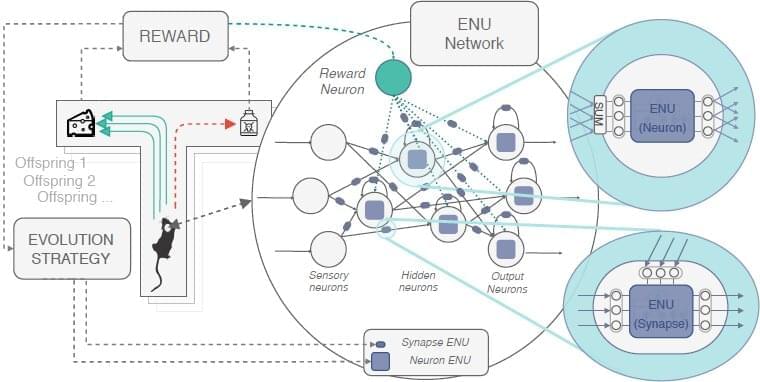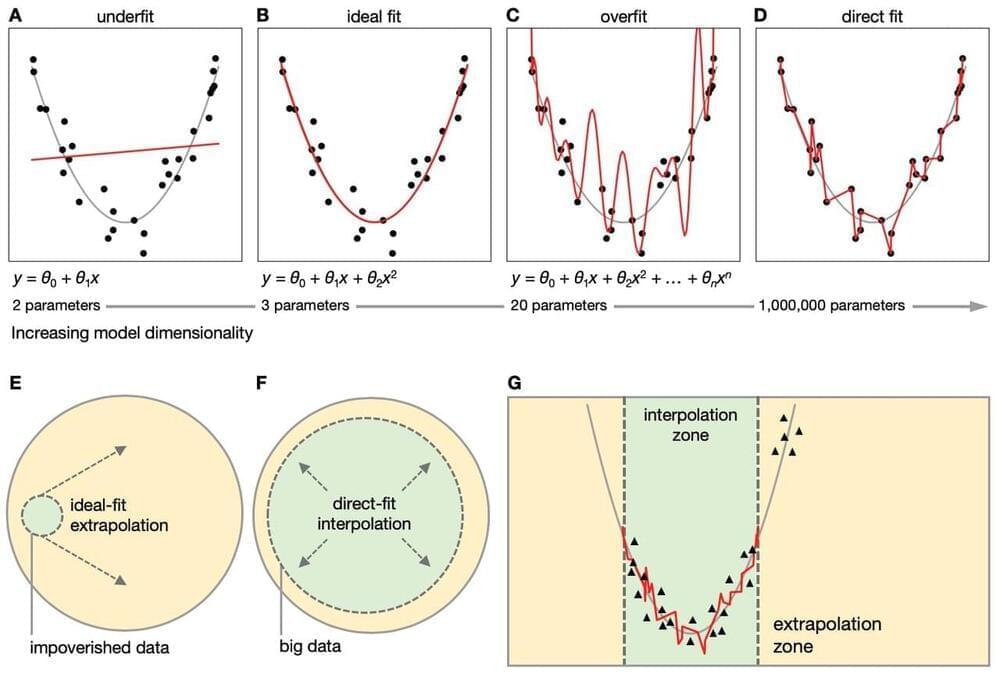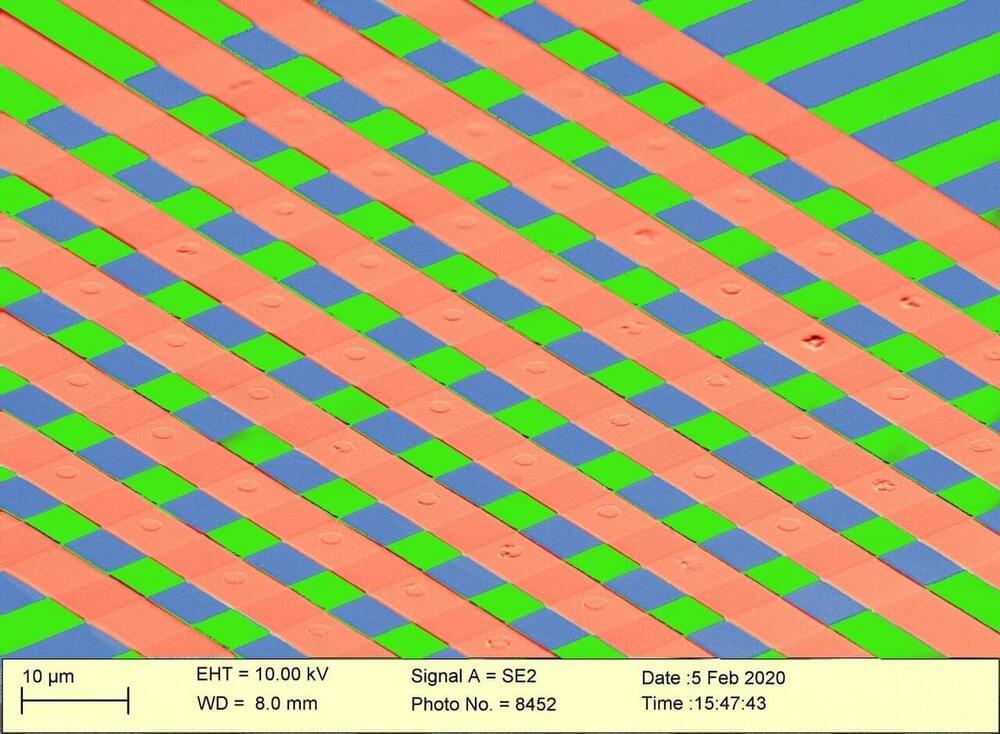Deep learning models have proved to be highly promising tools for analyzing large numbers of images. Over the past decade or so, they have thus been introduced in a variety of settings, including research laboratories.
In the field of biology, deep learning models could potentially facilitate the quantitative analysis of microscopy images, allowing researchers to extract meaningful information from these images and interpret their observations. Training models to do this, however, can be very challenging, as it often requires the extraction of features (i.e., number of cells, area of cells, etc.) from microscopy images and the manual annotation of training data.
Researchers at CERVO Brain Research Center, the Institute for Intelligence and Data, and Université Laval in Canada have recently developed an artificial neural network that could perform in-depth analyses of microscopy images using simpler, image-level annotations. This model, dubbed MICRA-Net (MICRoscopy Analysis neural network), was introduced in a paper published in Nature Machine Intelligence.








